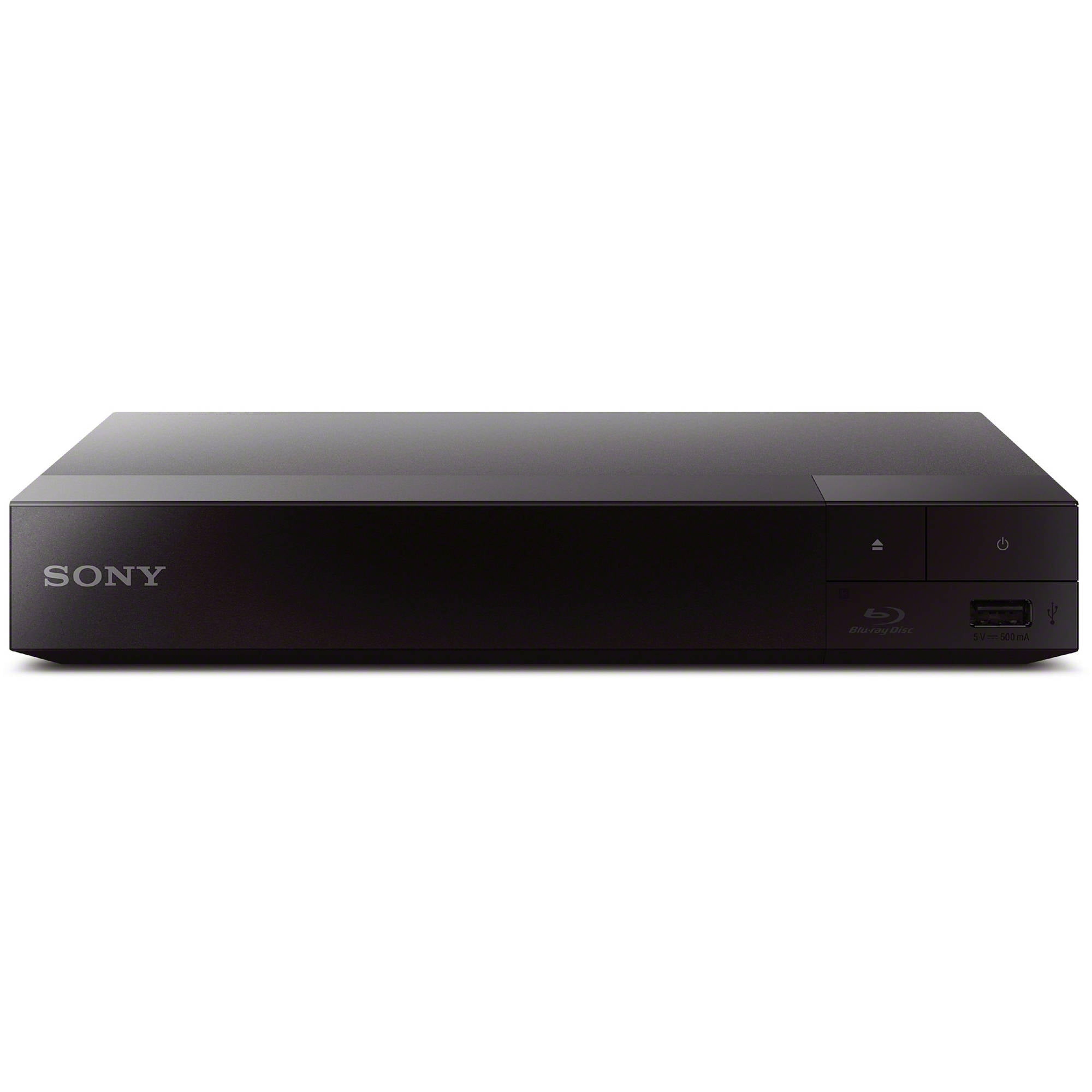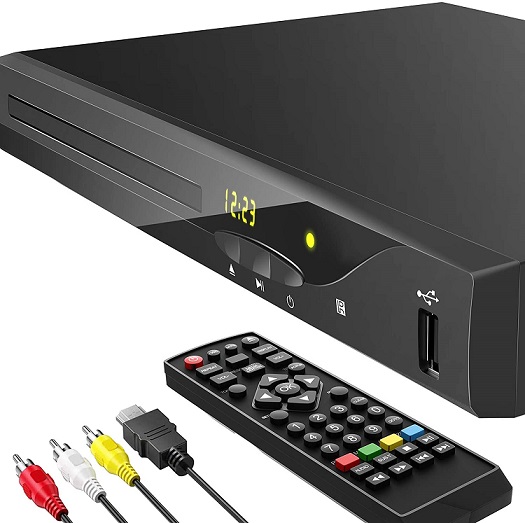

DTS:X also uses a higher bitrate meaning the quality of the sound is better. This uses virtual sound delivery and software smarts to take advantage of your current sound system to offer immersive virtual surround. While Dolby Atmos requires upfiring speakers to bounce audio off the ceiling, or ceiling mounted speakers, for an immersive, above-you-sound experience, DTS:X does not. At time of publishing all streaming services only offer Dolby Atmos. While there are discs with Dolby Atmos and discs with DTS:X, you won't find both on the same disc, it's one or the other. While Netflix now offers Dolby Atmos sound and some 4K Blu-rays will do the same, for DTS:X you'll need to go solid state. Winner: 4K Blu-ray 4K Blu-ray vs streaming - Sound qualityĪudio quality is an area that varies across 4K Blu-ray and streaming services.

Of course we say limited, but in reality as broadband connections get better and the streaming compression becomes smarter this will only get better and better with no real limits. Lastly there is frame rate, with 4K Blu-ray able to support up to 60fps where most streaming services are still limited to 30fps. 4K Blu-ray varies but there are lots of titles with Dolby Vision and plenty with HDR10+. Amazon Prime Video supports HDR10+ (10-bit color) while Netflix and Disney Plus use Dolby Vision (12-bit color). HDR10 is pretty much available on all discs and streaming services but this doesn't have the frame-by-frame adaptation tech that HDR10+ and Dolby Vision offer. Both streaming services and 4K Blu-ray offer HDR but the type varies.

However it's limited only to Sony Bravia Core 2021 TVs, for now.Īnother area to consider is HDR. There is one exception to streaming, in the form of Sony Bravia Core which is a Sony movie streaming platform that offers 80Mbps.


 0 kommentar(er)
0 kommentar(er)
